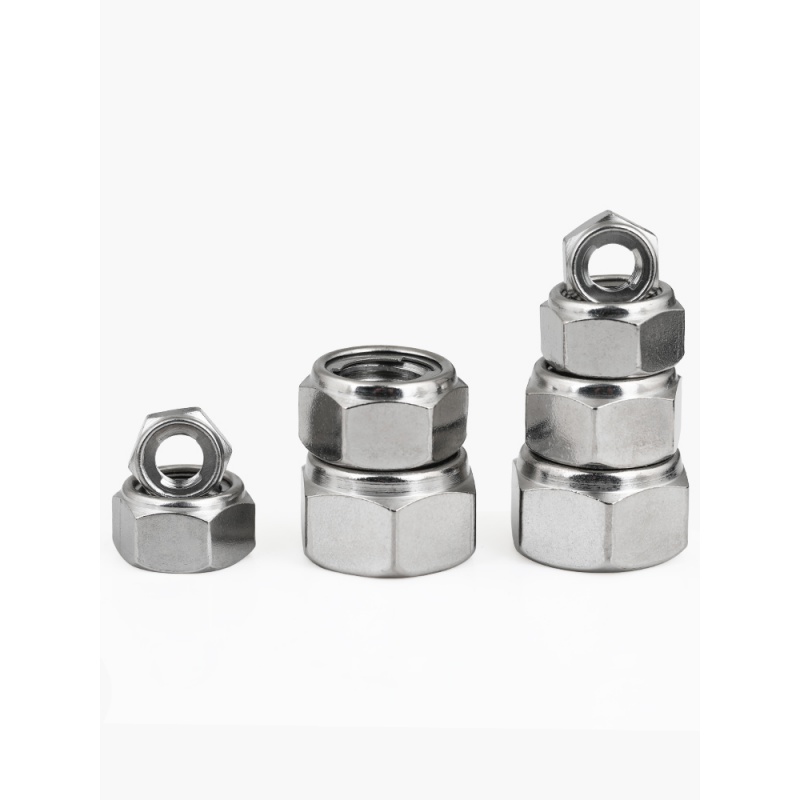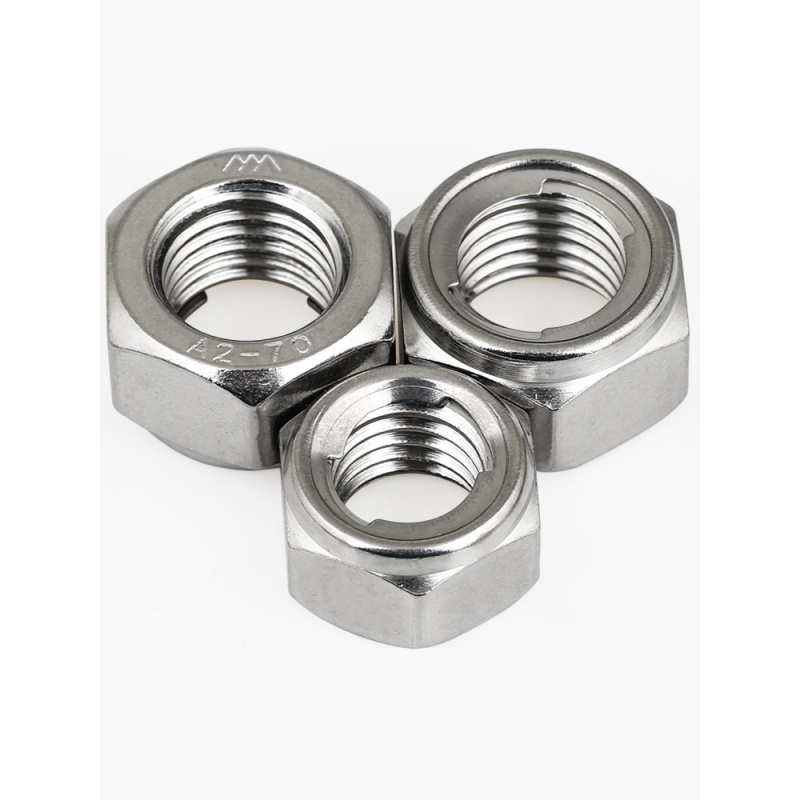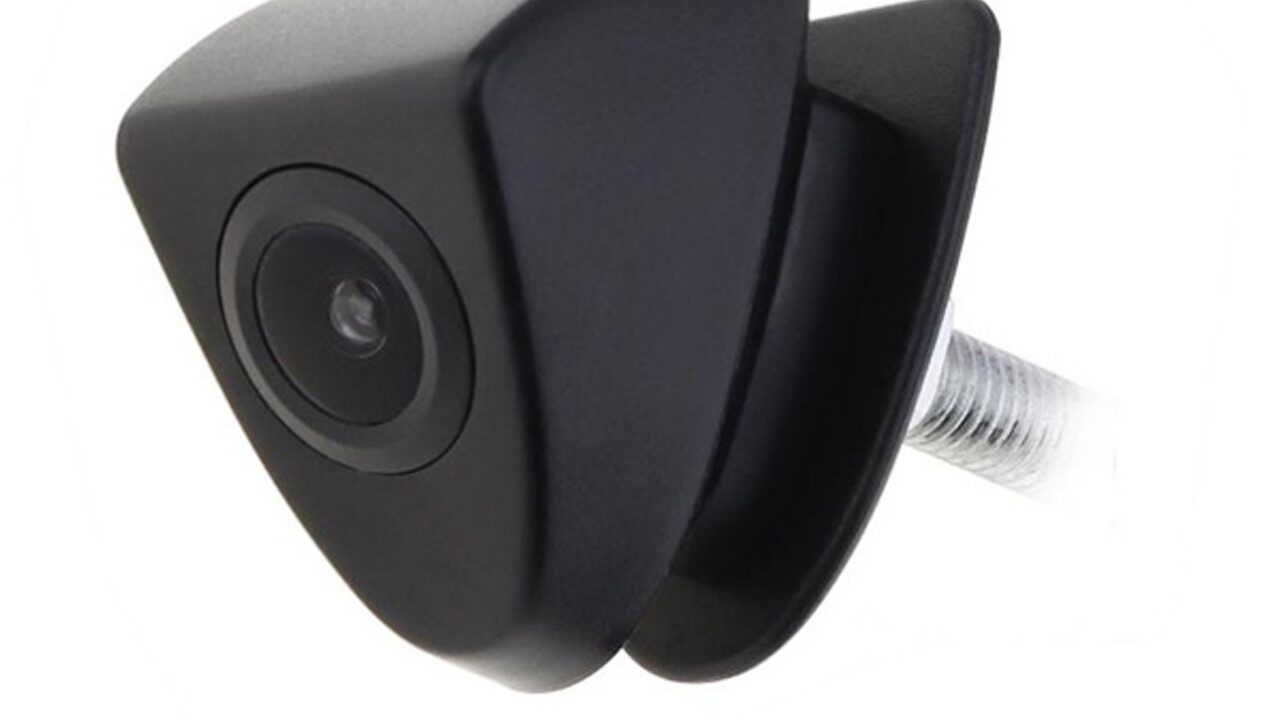Традиционное производство автомобилей использует процесс контактной сварки для обработки, и качество сварки находится на низком уровне. Технология лазерной сварки имеет более высокую точность и более глубокое проникновение. Она может использоваться при производстве различных деталей и компонентов, поэтому она получила широкое внимание. В последние годы технология лазерной сварки также постепенно продвигалась из области высококлассной аэрокосмической промышленности в автомобилестроение. Она играет важную роль в производстве автомобильных деталей. Лазерная маркировочная машина
Применение волоконного лазерного сварочного аппарата дюйм автомобильная кузовная пластина для сращивания
При проектировании и производстве кузова многие части производства используют различные спецификации сварки стальной пластины. В конкретном производстве сварка стальной пластины для выбора в соответствии с различными требованиями к конструкции кузова и производительности. Затем используйте технологию лазерной сварки для завершения резки, сращивания и других сварочных операций. Процесс лазерной сварки широко используется в производстве кузовов автомобилей. Он появился в производстве основных мировых производителей автомобилей, таких как Mercedes-Benz, Toyota, BMW и т. д. Эта технология сварки используется во все большем количестве деталей кузова автомобиля. Обычно сварные детали пластины в основном включают пластину багажного отделения, внутреннюю пластину двери, крышку переднего колеса, переднюю продольную балку, внутреннюю пластину бокового ограждения, центральную стойку, бампер, передний пол, крышку колеса поперечины и т. д.
Лазерная структурная сварка кузова
При производстве автомобильных деталей существует множество компонентов кузова, которые были отштампованы или вырезаны по форме. Эти компоненты должны использовать технологию сварки, чтобы стать целой сборкой. Технология лазерной групповой сварки является ключевой технологией для обработки узлов или сборок кузова в белом состоянии.
Как правило, детали кузова сначала свариваются в две пары. Затем ранее сваренные детали свариваются в несколько частей и постепенно свариваются в узлы кузова в белом состоянии. Различные узлы собираются для формирования сборки. Технология лазерной групповой сварки может использоваться в различных производственных сценариях, таких как крупносерийное, мелкосерийное и новое прототипное производство.
Однако эта технология требует больших инвестиций в оборудование на ранних стадиях. Использование процесса также требует высоких затрат на техническое обслуживание, а для использования в условиях относительно жестких требований. Однако использование этой технологии может реализовать высокоточную сварку, сварная сборка автомобиля нелегка для деформации деталей. Общая прочность сварной конструкции высока, а жесткость сборки кузова также значительно улучшена. Это делает его широко используемым в автомобильной отрасли крупнейшими мировыми производителями автомобилей. В настоящее время в автомобильной промышленности основная часть содержания лазерной сварки в основном включает сборочную сварку, боковую и крышную сварку и последующую сварку.
Применение лазерной сварки в типовых автомобильных деталях
Впускные и выпускные клапаны
Автомобильные впускные и выпускные клапаны работают при высоких температурах окружающей среды и несут большие динамические нагрузки. В реальной работе необходимо поддерживать высокую скорость, чтобы обеспечить состояние непрерывного движения, а время движения должно быть точным до миллисекунд. Однако следует отметить, что его рабочее состояние подвержено влиянию эффективности сгорания двигателя, выбросов выхлопных газов и многих других эксплуатационных эффектов. Поэтому он должен соответствовать требованиям легкого веса, высокой производительности и прочности одновременно.
Поэтому при проектировании и изготовлении клапан, как правило, устанавливается в полостное состояние, тем самым уменьшая общую массу деталей клапана. Кроме того, внутренняя часть клапана заполнена металлическим натрием в качестве охлаждающей жидкости для сопротивления высоким температурам во время работы. Таким образом, мини-лазерный сварочный аппарат обычно используется в производстве, только технология лазерной сварки может гарантировать, что изготовленные клапаны достигают высокой прочности.
Сцепление
В автомобильной эксплуатации передача мощности двигателя достигается путем управления автомобильным сцеплением. Может быть реализовано как отключение, так и непрерывное соединение трансмиссии. Поэтому необходимо учитывать силу амортизации во время работы при проектировании и производстве.
Обычно основная структура компонента автомобильного сцепления состоит из двух внешних корпусов и одного набора спиральных пружин. Затем корпус обрабатывается с использованием технологии ковки. Наконец, два внешних корпуса герметизируются и свариваются вместе с использованием технологии лазерной сварки. В производстве сцепления применение технологии лазерной сварки может соответствовать требованиям к механическим свойствам сцепления высокой прочности. Лучше гарантировать использование эффекта сцепления.
Бампер
Передний бампер, изготовленный с помощью лазерной сварки, также может реализовывать более высокую производительность. Например, для изготовления бамперов используются двухфазная сталь и низкоуглеродистая оцинкованная сталь. Пластины из разных материалов могут быть сварены в плоскую пластину с использованием технологии лазерной сварки. Затем процесс штамповки используется для преобразования плоских пластин в гофрированный бампер.
Бампер, изготовленный с помощью этого процесса, может гарантировать легкий вес и высокую прочность бампера. При фактическом использовании он может уменьшить массу автомобиля и снизить потребление энергии автомобилем. Он также может гарантировать хороший эффект защиты от столкновений.






